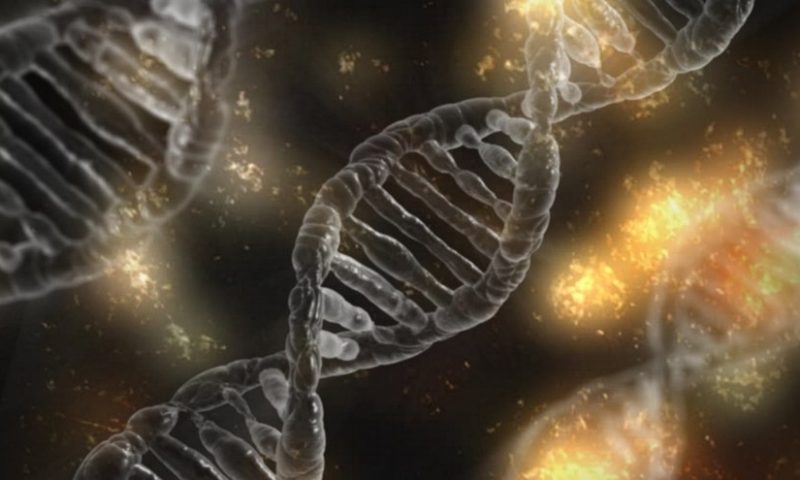The tumor suppressor protein p53 is a hotly pursued target in cancer research, because it’s mutated in over half of human cancers. But after decades of development efforts, a targeted drug remains out of reach.
Now, a research team at Vanderbilt University Medical Center has uncovered a new mechanism underlying how mutated p53 gains certain cancer-promoting functions.
In a study published in Nature Communications, the team found that aneuploidy, or abnormal count of chromosomes, frequently occurred in mutant p53-expressing cells. The finding could help guide the development of therapies against mutant p53, the team suggests.
Normal p53 is best known for preventing cancer by stopping the growth of cells with serious DNA damage. Once mutated, p53 not only loses its ability to keep rogue cells in check but may also gain myriad functions that drive tumor growth.
To study this so-called gain of function in mutant p53, the Vanderbilt team genetically engineered two cell lines with mutant p53. The researchers showed that both cell lines had significantly increased aneuploidy, or gains or losses of chromosomes.
Previous research has attributed mutant p53 gain of function to how the problematic protein induced a distinct gene expression profile. However, the Vanderbilt team found that was not the case. It was rather aneuploidy—not mutant p53 expression—that significantly correlated with gene expression changes, tumor formation and metastasis.
What’s more, analysis of patient data across 19 cancer types revealed that individuals with aneuploid-high tumors had significantly worse survival outcomes compared with aneuploid-low peers, regardless of p53 mutation status.
Many research groups and drugmakers are targeting p53. One popular strategy focuses on the interaction between p53 and its negative regulator MDM2.
But the MDM2 field is filled with failures. Last year, Roche pulled the plug on its closely watched MDM2 inhibitor idasanutlin after a phase 3 acute myeloid leukemia (AML) trial failed to show benefit at an interim analysis. Novartis has also discontinued development of its siremadlin in AML.
Still, scientists at the Karolinska Institutet and startup Aileron Therapeutics recently showed the U.S. biotech’s MDM2 candidate ALRN-6924 could increase the recruitment of immune cells into tumors. That team suggested the drug might work in synergy with a PD-1 immune checkpoint inhibitor.
Another team from the Karolinska Institutet in Sweden showed blocking the production of the protein eIF4A3 could activate p53 and somehow relieve the tumor suppressor from MDM2’s constraint. A team at the Sanford Burnham Prebys Medical Discovery Institute and the University of Glasgow proposed that MDM2 and BET inhibitors worked better together in killing AML cells.
The new study by the Vanderbilt team linked aneuploidy to a variety of cancer biological characteristics that were previously ascribed to mutant p53 gain of function. Therefore, targeting mutant p53 gain of function must consider the role of chromosomal alterations, the researchers said.

